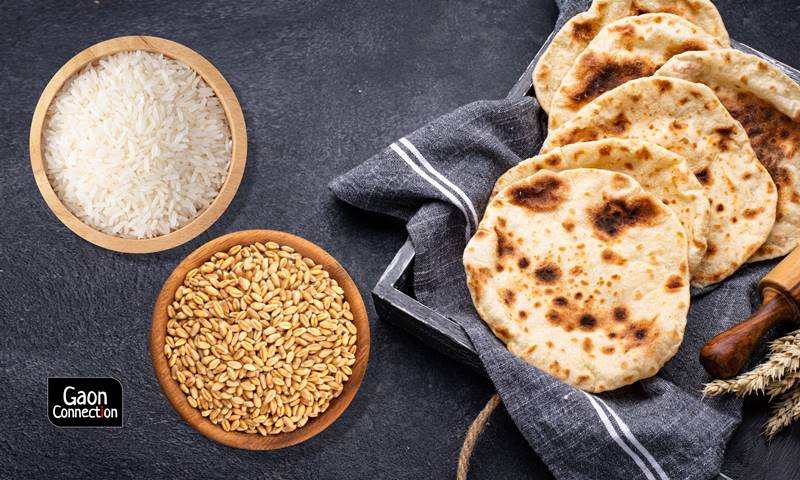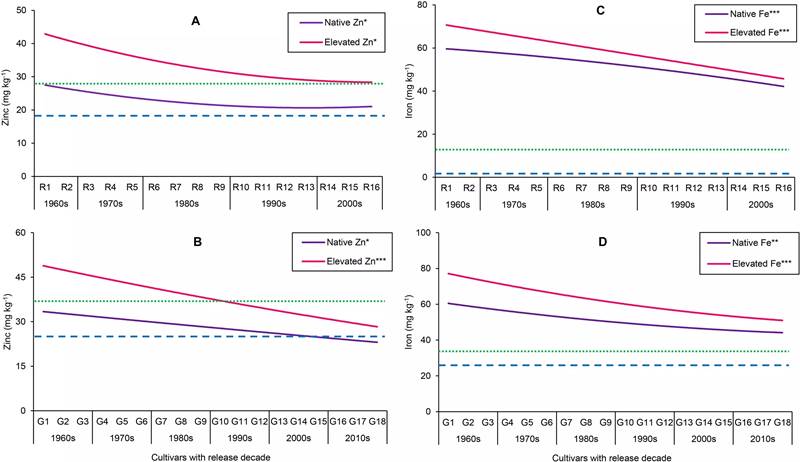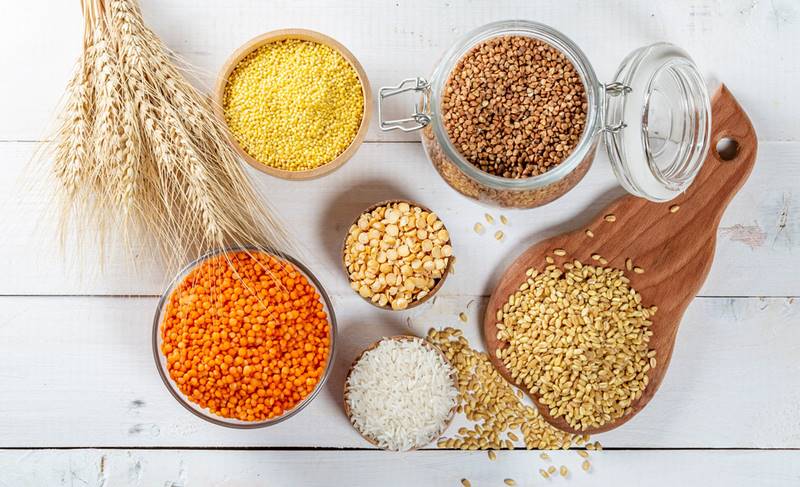‘Rice and wheat in India are lot less nutritious than they were 50 years ago’
Whereas the country is now producing record foodgrains, the presence of essential nutrients in rice and wheat has fast depleted over the course of 50 years, a recent joint study has shown. What has led to the decrease in nutrients? Is the soil overburdened with higher yields? What newer breeds of rice and wheat are needed? Details here.


The research suggested that newer breeds of rice and wheat will have to be created so as to ensure a substantial amount of nutrients in the two staples.
Rice and wheat — two of the world’s most common staple crops have supported the human race for more than 10,000 years. But the levels of essential nutrients present in the two cereals have taken a sharp dip in India in the last fifty years, a new study shows.
Researchers from various institutes under the guidance of the Delhi-based Indian Council of Agricultural Research (ICAR) and Kharagpur-based Bidhan Chandra Krishi Viswavidyalaya have found that there is a decline in the presence of zinc and iron in the two cereals. The research titled ‘Are the modern-bred rice and wheat cultivars in India inefficient in zinc and iron sequestration?’ was published last month in May 2021 in the journal ‘Environmental and Experimental Botany’.
The team of researchers collected 16 varieties of rice and 18 varieties of wheat from gene banks at the ICAR-National Rice Research Institute, Chinsurah Rice Research Station and ICAR-Indian Institute of Wheat and Barley Research.

How nutritious are the rice and wheat varieties compared to 50 years ago
Sovan Debnath, who has co-authored the research, told Gaon Connection, “We have conducted this research for a period of two years between 2018-20. We collected the grain samples from the repositories of the research institutes and then planted them in pots with soil having high amounts of iron and zinc.”
“We took the samples for each decade from 1960 to 2000 for rice and till 2010 for wheat. It was found that the content of zinc and iron has decreased significantly in rice and wheat,” he added.
The researchers found that zinc and iron concentrations in grains of rice from the 1960s were 27.1 mg/kg (milligram per kilogram) and 59.8 mg/kg, respectively. This decreased to 20.6 mg/kg and 43.1 mg/kg, respectively in the 2000s.
In wheat, the concentrations of zinc and iron — 33.3 mg/kg and 57.6 mg/kg in the samples of the 1960s, dropped to 23.5 mg/kg and 46.4 mg/kg, respectively in the samples from the 2010s.
Why decline in iron, zinc in rice and wheat?
The research also found that the rice and wheat varieties introduced after 1990 have become stubborn to the addition of zinc and iron in the soil. “We again noticed that, with time, the cultivars became stubborn to external supply of Zn (Zinc) and Fe (Iron) for enhancing their grain density,” the research noted.
“Thus, for the first time we show that growing newer-released (1990s and later) cultivars of rice and wheat cannot be a sustainable option to alleviate Zn and Fe malnutrition in Indian population,” it added.

Talking about the reasons behind the decline in the nutritional value of the cereals, Debnath stated that one of the reasons could be that the two nutrients zinc and iron clash with each other while being absorbed by the plant. “This is why no matter how much additional nutrients you add in the field, the amount of zinc and iron present in the grains remains as it is,” he said.

The research suggested that newer breeds of rice and wheat will have to be created so as to ensure a substantial amount of nutrients in the two staples.
Lesser nutrients, greater production
The depleting amounts of nutrients in wheat and rice is coupled with an ever increasing production of foodgrains in the country.
The data published in the Handbook of Statistics on Indian Economy published by the Reserve Bank of India shows that the total production of foodgrains in 1960-61 was 82 million tonnes.

The total production covers all food grains (rice, wheat, coarse cereals) and pulses produced in India in that year.
Compared to the situation six decades ago, India, in the current fiscal year (2020-21) registered a record foodgrain production of 305.43 million tonnes, almost 3.7 times that of 1960-61.
Explained: Double burden of COVID19 and Tuberculosis
The country’s population, too, increased from 450 million in 1960 to 1.3 billion in 2020 — an increase by almost 2.8 times.
How important are zinc and iron?
Iron is the major component of the oxygen-carrying pigment called hemoglobin which is responsible for supplying oxygen to the muscles. Its deficiency can lead to extreme fatigue, breathlessness, faster heartbeat, headache etc. The mineral is also used by the body in the production of hormones.
Also Read: Rising anaemia points to the wider problem of long-term deterioration of India’s human capital
Also, zinc is extremely important for the well being as it is used in the absorption of iron during the digestion of food.
Iron-deficiency (anaemia) is widespread in India as 58.6 per cent of children, 53.2 per cent of women and 50.4 per cent of pregnant women are found to be anaemic in 2016, as per the National Family Health Survey 5.

